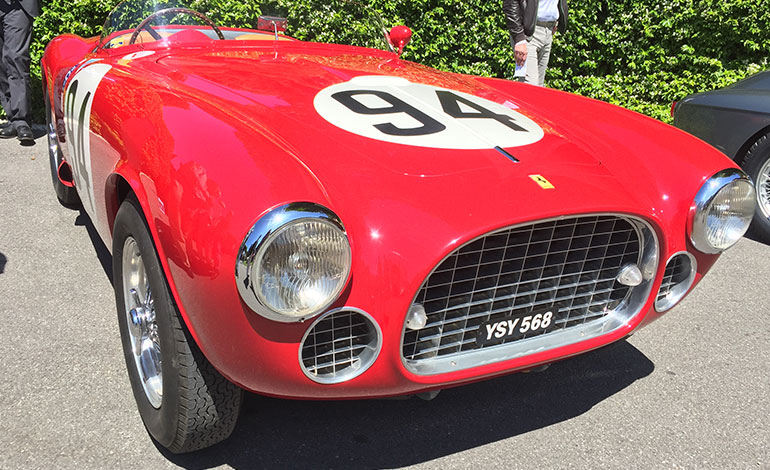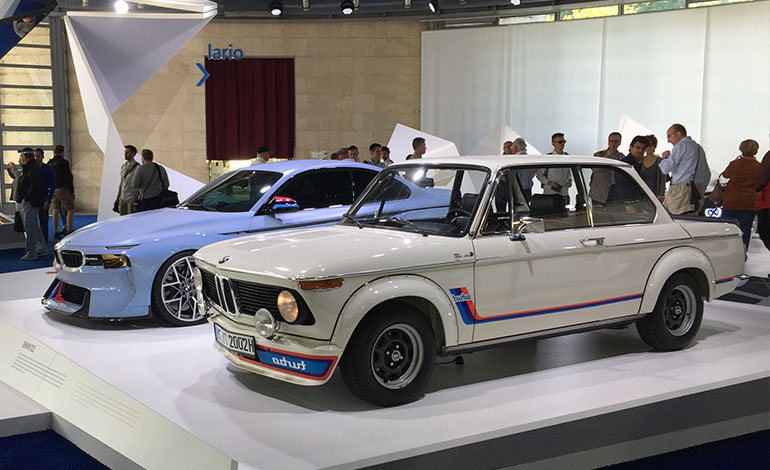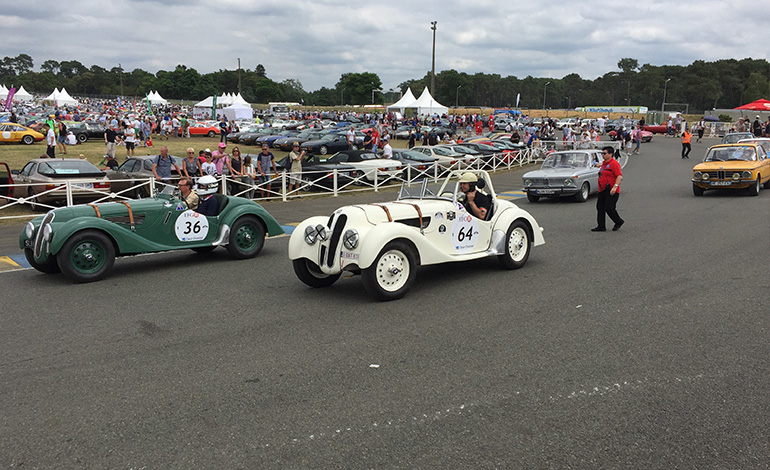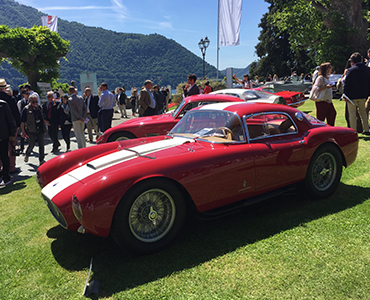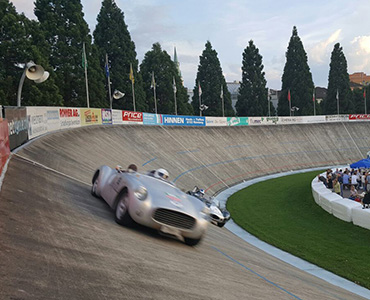Black, white, silver cars… colors are out of our life
ext time you're stuck in traffic, look around: Does it seem like nearly all the cars around you are white, black or some version of silver? Several statistics prove it, for the last five years, the neutral palette has literally ruled the car sales. The most popular car colors today are greyscale colors, with over 70% of cars produced globally being white, black, grey or silver. Red, blue and brown/beige cars range between 6% and 9% each, while all other colors amount to less than 5%. As we know, color choice is subject to fluctuation and fashion, and historical trends shifted from dark neutral colors of early cars, through more vivid colors of 1950s and 1960s, back towards today's greyscale colors. A 2013 survey in the United States found that men were 12% more likely to prefer a red car, while women were 9% more likely to prefer silver. The research suggested this may indicate that women are more likely to prefer practical cars, while men may be more likely to prefer fast and fun cars. Colors have been extremely important in automotive history. It started actually with Henry Ford, stating that his clients could buy the model T in every color, as long as it was black. In the early days, racecars competed by countries – Grand Prix des Nations. Therefore every nation had to present their cars in the national colors;
Italy: red / France: blue / Germany: white / Great Britain: green / Belgium: Yellow
After the War, lively colors reflected the happy spirit and relief of a complete post war generation. The love for details was expressed even in the definition of the colors you could order at the time; Bolero Red, Seamist Green, Neptun Green, Mayfair Yellow, Nautilus Blue, Corsair Tan, Persian Maroon or Cocoabar Poly. By the mid-fifties the introduction of metallic flake paint was a revolution in the automotive industry. First metallic flake paints where made with grind fish scales and people loved the bright and glossy finish of the new cars. Often the cars came in two or three tone combinations to the clients – mostly in a fancy combination of a bright color with Ivory. In the seventies, the “terra” colors like, green, brown, orange or beige, dominated the people’s choice buying their cars.
The interesting thing is, that people today believe to be free and creative, but in terms of choosing the color of their cars, they are more conservative than ever. Car manufacturers take advantage and align their production to the reduced fantasy of their clients. They offer cars with just 2-3 interior colors and a limited selection of body color options. This clearly reduces the cost of production and increases margins in the Automotive industry.
It seems that for today’s society, cars are turning into a daily transportation tool that only define themselves or express an ideology. People want to belong, to be part of the trends. Funny enough that people react on classic cars, with their lively colors… and love the positive feelings those cars express today…

